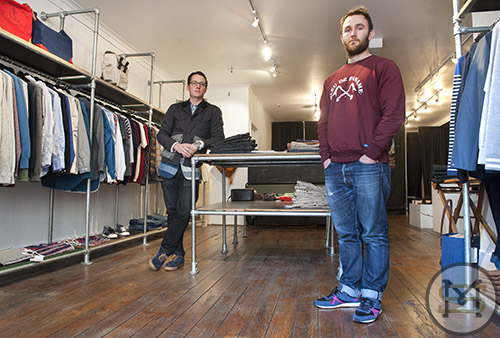Interview: Talia Daroesman, Lovers Court
“Hoop dreams echoing off hot bitumen” is how designer Talia Daroesman sums up the aesthetic of her Lovers Court debut leisurewear collection.
Talia: “It [Lovers Court] came about just over a year ago. Since I was little I’d always wanted to have a clothing brand, that’s been my goal forever. It took me a while to know what I wanted it to be, how I wanted it to be, and it was almost a year and a half ago that I finally got the idea and name together. I always just wanted to have it as something I could be creative with, have fun with, and, at the end of the day enjoy it.”
Lovers Court has taken a contemporary attitude toward establishing itself as a brand, with the creation of non-seasonal collections and a strong emphasis on unisex prints and design. As Daroesman explained to Makers of Melbourne when we sat down over drinks “I don’t want to have the pressure of having to put together a winter range and then a summer range. I want to have fun with it and more flexibility.”
Flexibility describes this new label well. Lovers Court draws its inspiration from an undeniably urban influence, though with a modern approach that encompasses inspiration from equal parts hip-hop and traditional American street wear as much as it does the dizzying hyper-density of Asian megapolises.
After graduating from RMIT in textile design in 2008 there was time spent abroad, harvesting inspiration in Hong Kong, working part-time and developing a business plan, that inadvertently “killed” her creativity. “I think that’s why it took me so long to get started but now I’m glad that I didn’t do anything earlier.”
Talia: “There were a few instances of starting something but not really getting into it, starting something else but not feeling it, and knowing that it wasn’t the right time. Knowing that I needed more time to figure out what I wanted to do to get some inspiration back.”
For Daroseman, the decision to focus her energy on street wear was a no-brainer. It’s a culture that she connects with, and with her baby bangs and large hoop earrings, it’s immediately obvious that she lives and breathes the lifestyle.
For now Lovers Court consists of a unisex range of cotton and silk scarves, bucket hats, 5-panel caps and printed t-shirts. Featured throughout the collection are three recurring digital and screen print designs - a monochrome colour palette struck through with flashes of pink. The prints take cues from typography saturated street wear combined with the grid and pixel aesthetic of early computer-generated graphics. As Talia explains, these versatile pieces and patterns are designed to be built up to clash and vibrate against each other or alternatively to be worn as standalone statement pieces.
Beyond the debut collection, Daroesman hopes to expand into cut & sew garments in early 2015, starting with a range of women’s down-tempo, sport luxe sweats, with plans to then expand into menswear, staying true to the brand’s unisex vision.
Talia expresses a strong desire to keep her production local, as long as the label can continue to afford the growing cost of manufacturing in Melbourne (Her printed cut & sew pieces are to be produced in Abbotsford, while the debut collection t-shirts have been screen printed in Fitzroy).
Until she can afford to work on the label full-time she continues to design her collection around her job in a busy Melbourne café, her free time devoted to building a solid online presence. There’s brief mention of a potential Pozible campaign, after watching several other designers take the crowd-funding route and finding success. “I think it’s awesome. People get something in return so it’s not like they’re giving away to charity. Melbournians like to support their local fashion scene.”
Photos – Heather Lighton






















































